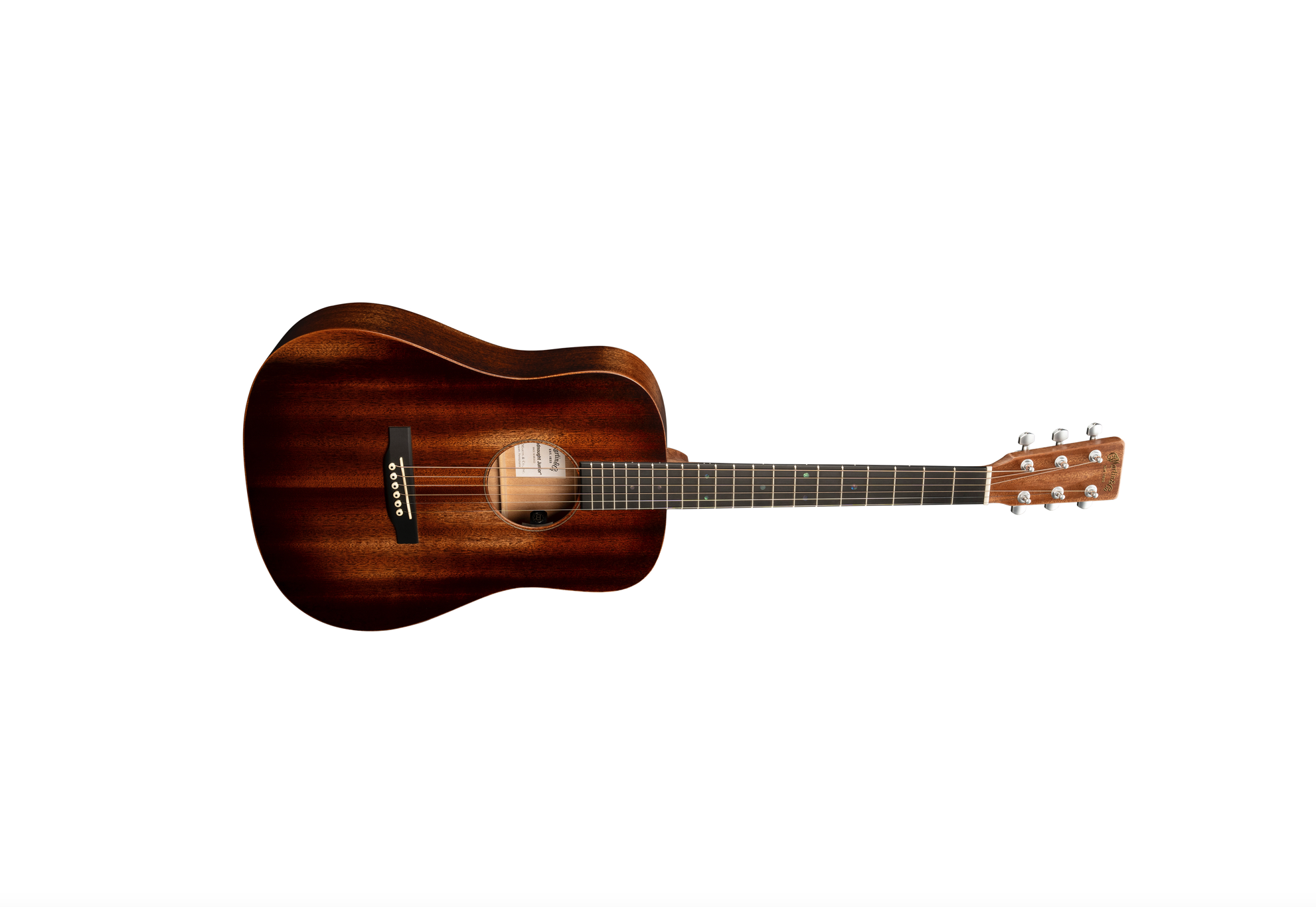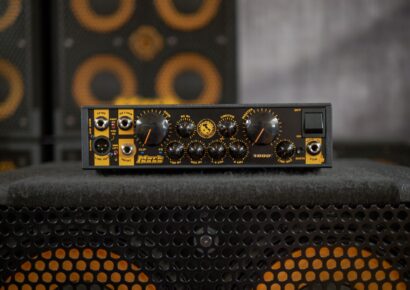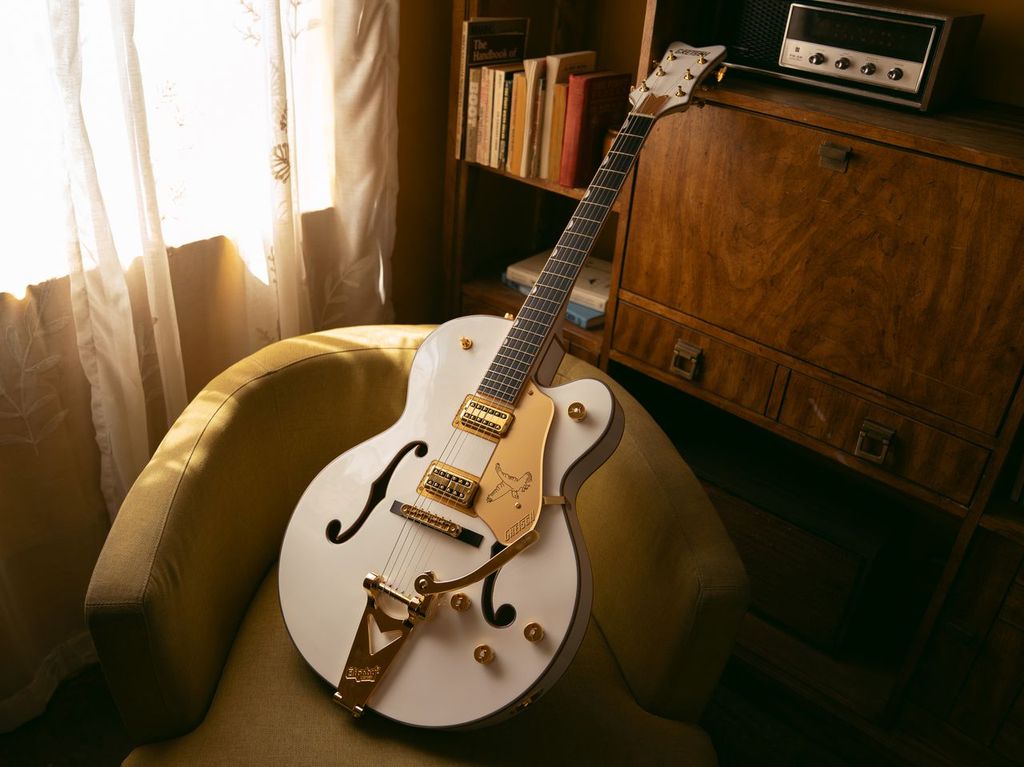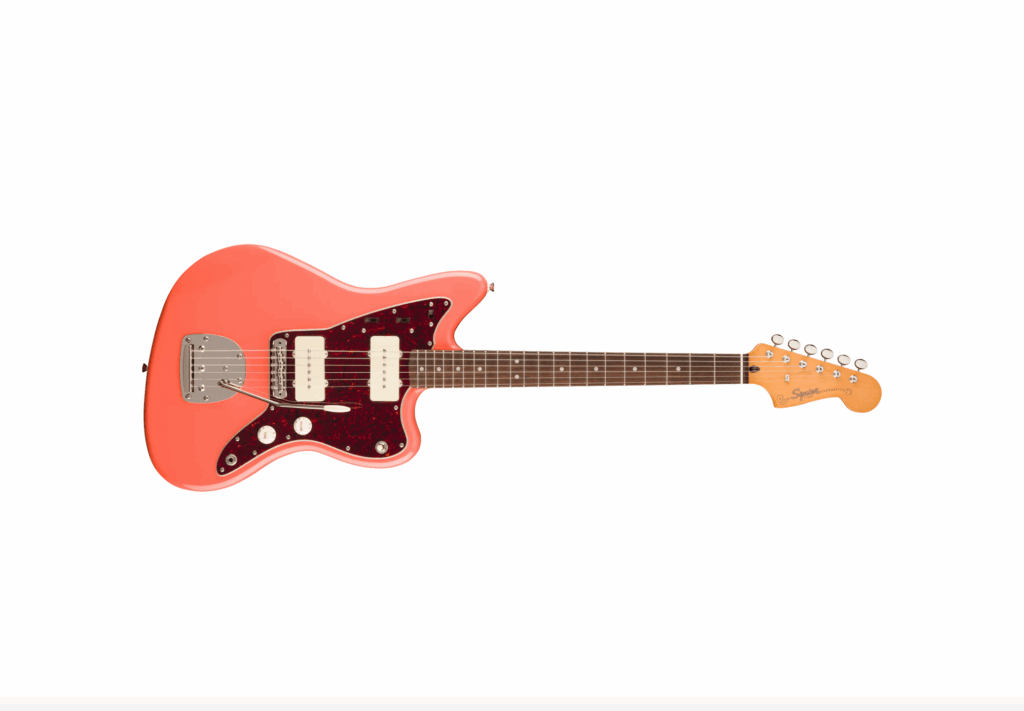Incredibly light, road worn, and great to play, the Martin Dreadnought could easily win you over.
Okay, full disclosure: I already own a Martin acoustic. And she’s my baby. When I bought it, I was just about ready to give up: I had trialled and played half a dozen guitars at my local guitar shop, much to the chagrin of those poor store employees, with none of the guitars really speaking, or dare I say, singing to me. That is, until I played my Martin. It was perhaps only the 2nd or 3rd time I had ever even played a Martin guitar. And certainly the first time I had played one intently. That’s the thing: when you’re in the market for a new guitar, I guess you listen a little more closely. And I did listen closely, and she sang so sweetly, and I bought it five minutes later. This was five years ago, but anyone who has bought a new guitar knows what I’m talking about – it’s an intuition that strikes like lightning when you find ‘the one’ and it’s a feeling that you have to know to trust and follow.
Catch up on all the latest features and reviews here.
My baby Martin is now broken in, worn, scratched, chipped and has all the other idiosyncrasies that accompany your gig guitar #1. Naturally, then, there was a bit of apprehension about reviewing the new Martin D-JRE Street Master Dreadnought Junior Acoustic. I was a little scared I would fall in love all over again.
Fresh out the box and its accompanying softshell case, it looks damn good. The roadworn satin finish on the body of the guitar is such an aesthetic delight without feeling overdone. The simplistic, semi-holographic inlays only add to the nostalgia of the guitar. It definitely has ‘a look’ – but still looks and feels brand new. The tuning pegs have a matte-chrome finish that contrasts with the roadworn finish of the body elegantly. Martin has nailed it in this regard: the Dreadnought Junior looks really great for a guitar at this price point.
Aesthetics are one thing, but how does it sound? Acoustically, it sounds awesome, and at this point, I wouldn’t expect anything less from Martin. The sapele body and spruce bracing have a lot to do with it. It is incredibly bright and bold-sounding with a true and clear midrange punch. I expected this, but I was pretty blown away by its sound. This is the kind of brightness that will age ever so sweetly in the 1-3 years after purchase. In standard tuning, there isn’t as much low end coming through as you would get from a full-sized Dreadnought. I guess that’s just the physics of it. But wait: tune down to D, or C, and you’re in business. This guitar sounded incredible to me when I was tuned down a couple of steps, as that bright and punchy clarity remained present like a sun-soaked, Midwest dream. Are you a palm muter? Truly, I don’t think I’ve heard a guitar sound as good as when I was palm muting the Dreadnought Jr. And that’s on tea. Seriously, this guitar sounds absolutely amazing with a little muting.
It must be mentioned, too, that the Martin E1 pickup that’s built for the Junior is probably the best-sounding acoustic pickup I’ve ever played through. I plugged the guitar into a Fender Twin and it absolutely cauterised me. It sounded so good being played through an amp with the pickup’s tone sitting at about halfway. The Martin E1 offers such a beautiful harmonic saturation that ever so subtly makes the guitar feel like it has an inbuilt drive pedal. It was an absolute joy to play the Junior through a big amp. The inbuilt tuner controls are also located on the pickup. Let’s talk about the tuner. I’ve not seen a tuner in a cooler or more convenient location on an acoustic guitar before. It genuinely made me wonder why tuners haven’t been implemented in this position from day dot across all acoustics. The tuner is hidden on the underside of the body just below the high E string, meaning only the player can see it and allows for tuning on stage to be far more controlled and less awkward. This is a novel and incredible feature of the guitar.
The guitar is incredibly light and feels great to play. The full-scale neck is thin with the perfect amount of rounding and spacing between frets. It offers a level of comfort in playability that is unmatched in similarly sized guitars, thanks to its gently bevelled fingerboard. I did fall in love with another Martin when playing the Dreadnought Junior, and while I’ve come to expect the absolute best in sound quality, innovation and playability from the company, playing this guitar reaffirmed entirely why that expectation consistently stands as true. I’ve always found it interesting that Martin is headquartered in Nazareth, PA. These are guitars that offer something biblical, and there is absolutely no exception to the rule with the new Dreadnought Junior E Streetmaster.
For local enquiries, head here.







